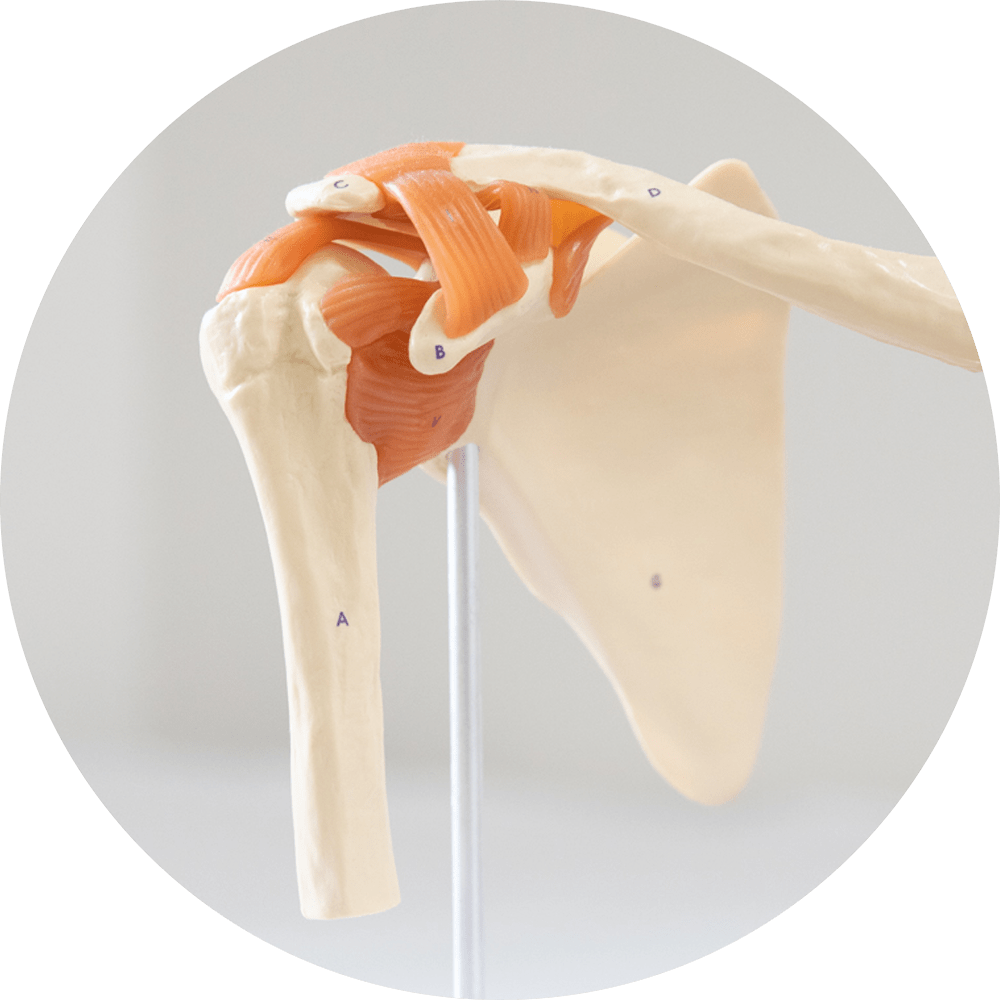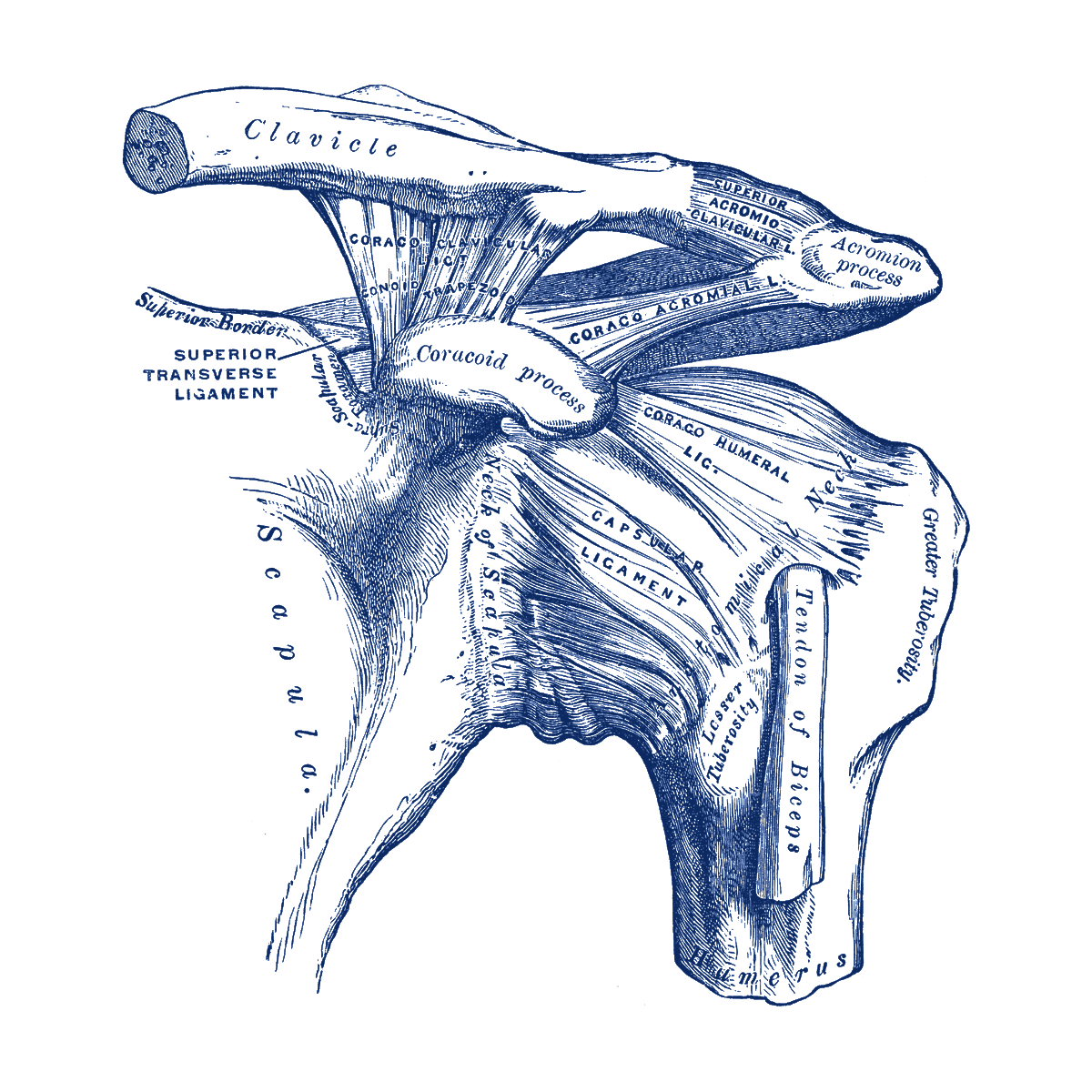Shoulder replacements are used for a number of shoulder conditions including: arthritis, fractures and massive irrepairable rotator cuff tears.
There are several types of arthritis including osteoarthritis, rheumatoid arthritis and rotator cuff arthropathy. Two common forms of shoulder replacement are the anatomic total shoulder replacement (aTSA) and the reverse total shoulder replacement (rTSA).

Types of Shoulder Surgery
Anatomical Total Shoulder Replacement
This is the most common form of shoulder replacement and involves attaching a plastic lining to the socket to allow smooth movement. The surgeon removes the top of the arm bone and inserts a metal stem with a ball on the end.
Anatomical total shoulder replacements are often conducted when a patient suffers from osteoarthritis or rheumatoid arthritis in the shoulder.

Reverse Total Shoulder Replacement
The rotator cuff is a group of muscles and tendons that hold the shoulder joint in place and allow you to move your arm and shoulder. Problems with the rotator cuff may cause weakness or pain and restrict movement. It may also cause damage to the shoulder joint.
Often, tendons can be repaired. However, if the tendons are severely damaged, an operation called reverse shoulder replacement may be a better way to improve the joint’s function and reduce pain, especially if the joint is affected by arthritis.
This operation is also called reverse arthroplasty. “Arthro” means joint; “plasty” means to mold surgically.
In a reverse shoulder replacement, the normal ball-and-socket structure is reversed. An artificial ball is attached to the shoulder blade. An artificial socket is attached to the top of the arm bone. The large deltoid muscle that covers the shoulder is typically able to move the arm.
Have a question or inquiry or looking for some more information about our services, get in touch and we will be happy to assist.